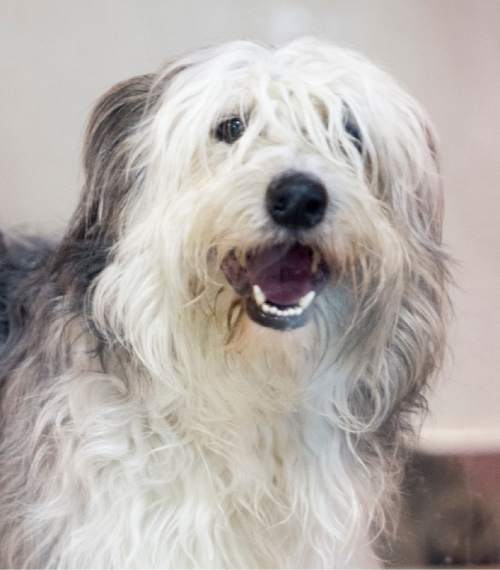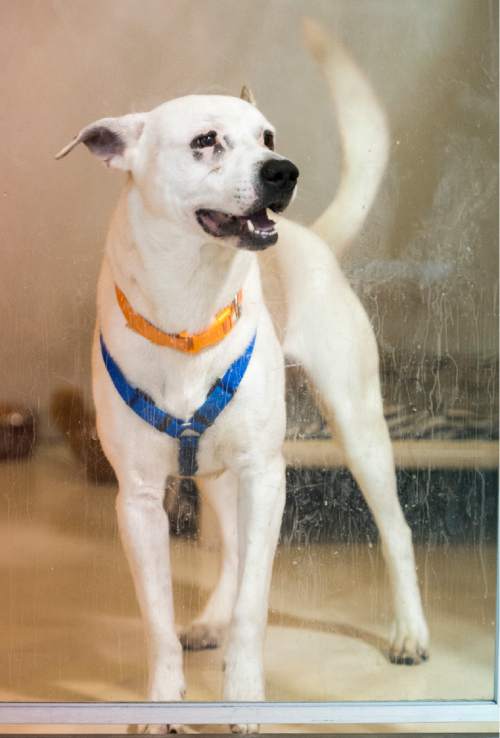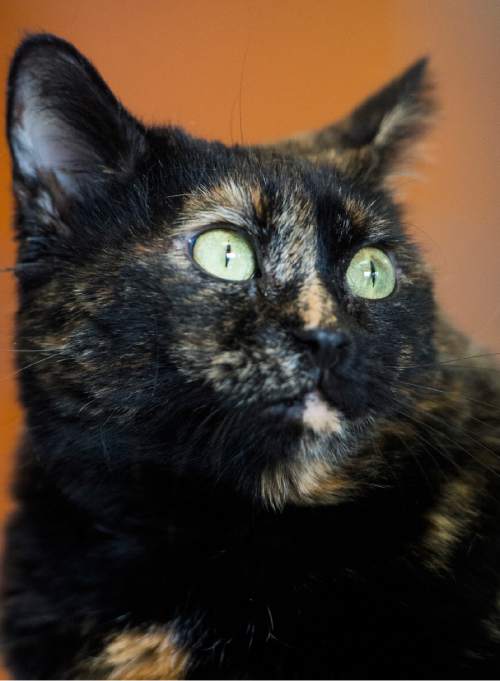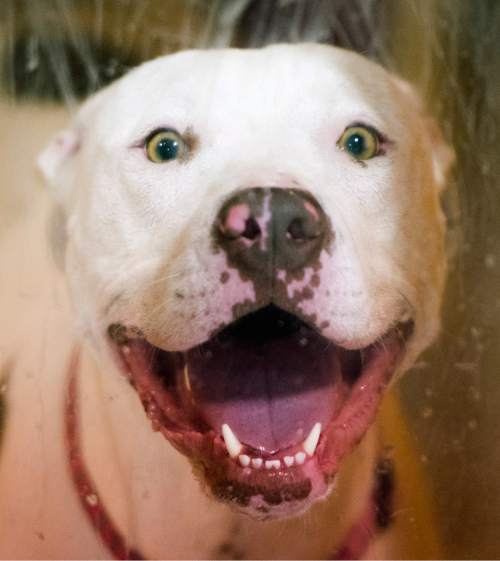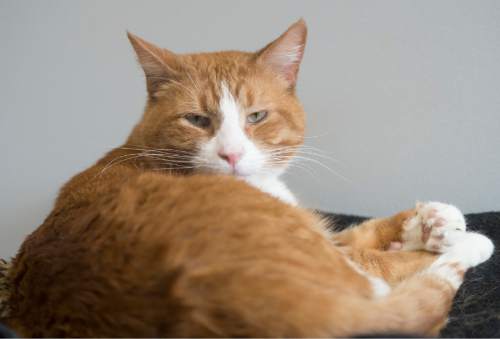This is an archived article that was published on sltrib.com in 2016, and information in the article may be outdated. It is provided only for personal research purposes and may not be reprinted.
Two years into an initiative to make Utah a state that no longer kills cats and dogs in shelters, Best Friends Animal Society is celebrating an increasing save rate.
"When we first launched our initiative [in 2014], about 12,000 healthy and treatable animals were dying, being killed in Utah shelters," said Arlyn Bradshaw, Best Friends–Utah executive director. "And last year, 2015, that number had been reduced to about 3,300."
Percentage-wise, that means 84.4 percent of the animals who entered shelters in the state in 2015 left them alive, up from 77.4 percent in 2014 and 71.5 in 2013.
To achieve no-kill status, Utah's shelters need a combined save rate of 90 percent. Typically, about 10 percent of cats and dogs are euthanized for severe medical or behavioral issues, according to Best Friends.
"There is a recognition that some of the animals that come into the shelters are not healthy or treatable and euthanasia is a true mercy," Bradshaw added.
No-Kill Utah (NKUT), an initiative of Best Friends and a coalition of 56 other Utah animal welfare groups, was announced in March 2014. The goal is to make the state no-kill by 2019.
"We continue to be astounded by the progress each year toward making Utah a no-kill state," Bradshaw said in a news release. "Our partnerships among rescue groups, shelters, the kitten nursery and community cat trappers will ensure that we will remain on track to achieve our lifesaving goals."
Cats remain a particularly vulnerable group. While the save rate for dogs has been at no-kill status for two years at 93.2 percent, the rate for cats is 74.5 percent.
Of the nearly 9,000 dogs and cats that were put down in the shelter system last year, about three-fourths of them were cats, according to figures released by Best Friends.
"There's two particularly vulnerable populations of cats that die in shelters," Bradshaw said. "It's neonatal kittens that are orphaned and generally don't have a mother to take care of them, and community cats, [which are] free-roaming cats that don't have an owner coming to look for them in the shelter when they get impounded by animal control."
To reach the overall 90 percent save rate, NKUT has been promoting adoptions from shelters and rescue groups and the spaying and neutering of pets and free-roaming cats.
Some individual shelters have already reached the 90 percent goal. Best Friends says public-private partnerships have been instrumental in helping several shelters in the Salt Lake Valley operate as no-kill facilities.
"We are poised to achieve a no-kill Utah by 2019," Bradshaw said, "and together we are setting an example for other states across the nation to become no-kill."
Twitter: @PamelaMansonSLC, @MikeyPanda



